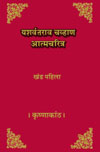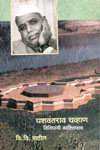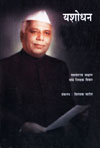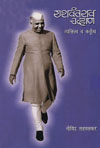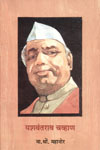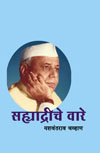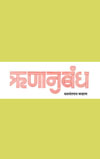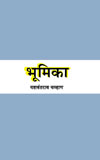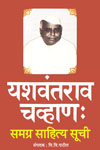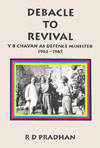The leading lights of the Praja Socialist Party could legitimately claim national heritage and, to a large extent, shared common national ideals of progress through parliamentary democracy to the cherished objective of socialism. But the PSP composed of several groups rallied round individual leaders. It has neither the organisational cohesion nor ideological unity. It therefore failed to present a united structure that could serve as an alternative to the Congress. When final attempts were made to give a unified lead to the party, it rejected Shri Ashoka Mehta's line and adopted the thesis of " equi-distance from both the Congress and the Communists ". The split became inevitable and a new Socialist Party led by Shri Ram Manohar Lohia branched off, dividing the democratic socialist forces in the country.
The Communist Party was not a passive spectator in all these years. It should be noted that the thinking in the Left was considerably influenced by the formulations of the Communist Party, though it may not be openly admitted. The Party had suffered a severe defeat in the adventurist line when it entered the field of elections in 1952. Even then, it did secure support from the voters which nobody could have imagined or predicted. The role of the Communists in the Indian Left movement must never be under-estimated. During the course of the national struggle, the Communist Party pursued its zig-zag line with its dialectical understanding of the situation. It did not always identify with the national struggle; still it was considered by quite a few as a revolutionary force. All the tactics of the Communists since India became free are directed so as not to allow the emergence of a united socialist party in which the Communists have no say. No doubt they advocate unity. But it is in the final analysis on their own terms and if it does not materialise, they would see that they will spare no efforts to sabotage attempts at unity by other Leftists. As a result of all their tactics, all attempts to build up unity in the Left camp failed and the Left movement in the country was fragmented to bits. Smaller groups and parties which functioned more or less on a regional basis could not stand on their own and therefore they quite often lend enthusiastic support for the united front politics and have been taking shelter under Communist umbrella for their survival.
The inherent weakness of the Left movement including the Communists lies in its lack of deeper understanding of the Indian complex. All the attempts since Mr. M. N. Roy wrote " India in Transition " were concerned more in applying the methods of social analysis that orientated in the industrially advanced western society. Sufficient thought was hardly given to understand the peculiar caste heirarchy in India, nor was there any serious attempt on a philosophical plane to give an ideological battle with the traditional hold of the old world ideas on the minds of the people. No doubt, economics and technical advance affects the society in general ; on that basis, Marxism provides a coherent and rational analysis of social evolution.

